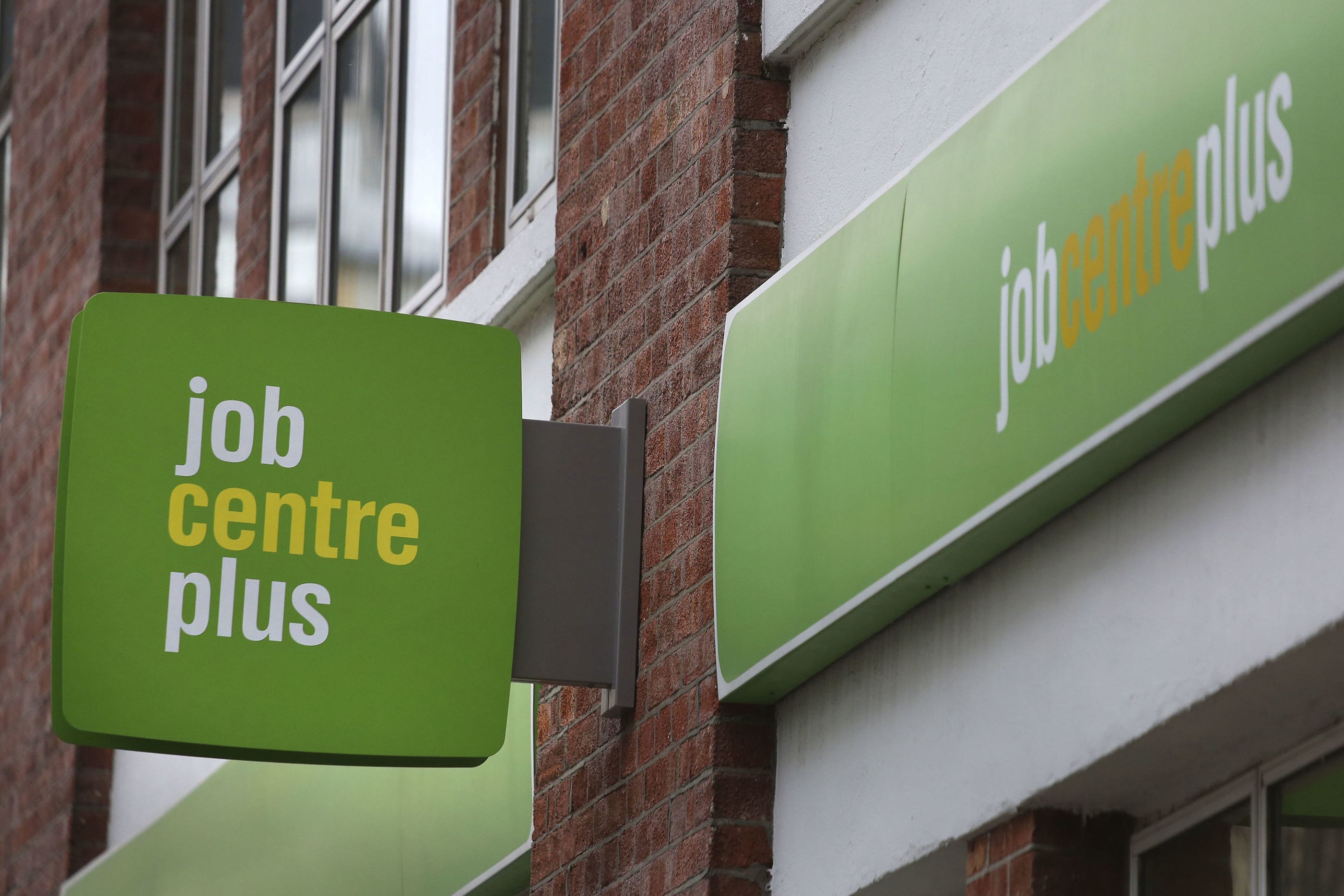UK unemployment falls to 48-year low amid rise in long-term illness
The Office for National Statistics said the unemployment rate fell to 3.5% over the three months to August

Your support helps us to tell the story
From reproductive rights to climate change to Big Tech, The Independent is on the ground when the story is developing. Whether it's investigating the financials of Elon Musk's pro-Trump PAC or producing our latest documentary, 'The A Word', which shines a light on the American women fighting for reproductive rights, we know how important it is to parse out the facts from the messaging.
At such a critical moment in US history, we need reporters on the ground. Your donation allows us to keep sending journalists to speak to both sides of the story.
The Independent is trusted by Americans across the entire political spectrum. And unlike many other quality news outlets, we choose not to lock Americans out of our reporting and analysis with paywalls. We believe quality journalism should be available to everyone, paid for by those who can afford it.
Your support makes all the difference.The UK’s unemployment rate dropped to its lowest for almost half a decade as more Britons left the labour market completely due to illness, according to official figures.
The Office for National Statistics (ONS) said the unemployment rate fell to 3.5% over the three months to August – the lowest since February 1974.
Economists had predicted that the unemployment rate would stay steady at 3.6%, the rate it hit during the previous quarter.
It came after a joint-record rise in the number of people considered “economically inactive” – not in work or searching for work – due to long-term sickness.
The figures showed that 377,681 more adults have become economically inactive because of long-term sickness since the start of the Covid-19 pandemic.
David Pye, director at consultants Broadstone, said: “Businesses are suffering immense financial and productivity damage as employees struggle to access the healthcare they need to get back on with their jobs after suffering an illness.”
Economic activity increased by 0.6 percentage points to 21.7%, driven by people aged between 50 and 64.
This meant that both the rate of unemployment and employment declined over the period.
The employment rate decreased by 0.3 percentage points to 75.5% for the quarter.
Meanwhile, the number of UK workers on payrolls rose by 69,000 between August and September to 29.7 million, the ONS said.
ONS head of labour market and household statistics David Freeman said: “The unemployment rate continues to fall and is now at its lowest for almost 50 years.
“However, the number of people neither working nor looking for work continues to rise, with those who say this is because they’re long-term sick reaching a record level.
“While the number of job vacancies remains high after its long period of rapid growth, it has now dropped back a little, with a number of employers telling us they’ve reduced recruitment due to a variety of economic pressures.
“However, because unemployment is also down, there continues to be more vacancies than unemployed people.”
In July to September 2022, the estimated number of vacancies fell by 46,000 on the quarter to 1,246,000, the ONS said, amid a slowdown in company investment.
The new data also showed another slight improvement in pay but it continues to lag far behind inflation.
Average pay, excluding bonuses, grew by 5.4% over the three months from June to August.
However, it comes after Consumer Price Index (CPI) inflation struck 9.9% in August, highlighting a still significant gap between Britons’ pay packets and the cost of goods and services.
Average regular pay growth was 6.2% for the private sector and 2.2% for the public sector, the ONS said, reflecting the largest gap between private and public sector workers since the pandemic.
In response, Chancellor Kwasi Kwarteng said: “Countries around the world are facing economic challenges but today’s statistics remind us that the fundamentals of the UK economy remain resilient, with unemployment at its lowest point for almost 50 years.
“Our ambitious growth plan will drive sustainable long-term growth, meaning higher wages and better living standards for everyone, and we are cutting taxes so people can keep more of what they earn.”
Kitty Ussher, chief economist at the Institute of Directors, said: “The labour market remains extraordinarily tight with, for the first time ever, more vacancies in the economy than the number of people looking for work, and no let-up in hiring in September.
“Although the level of vacancies now looks like it has peaked, it remains significantly higher than before the pandemic, at 1.2 million.
“Combined with such a low rate of unemployment and pay rises edging upwards, we see no reason why the Bank of England would pause its upward march of interest rate rises when it meets in early November.”